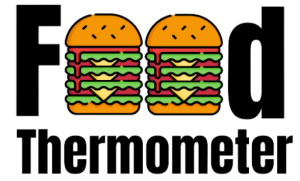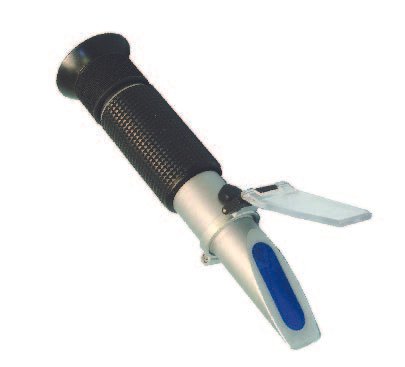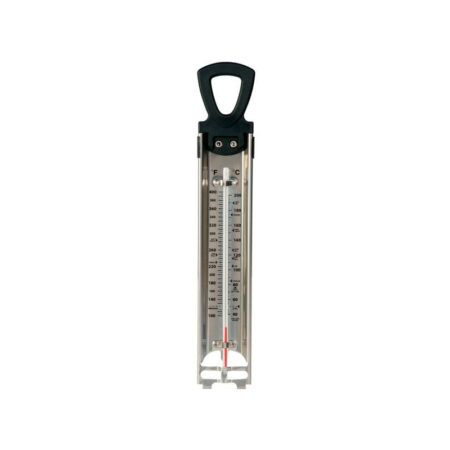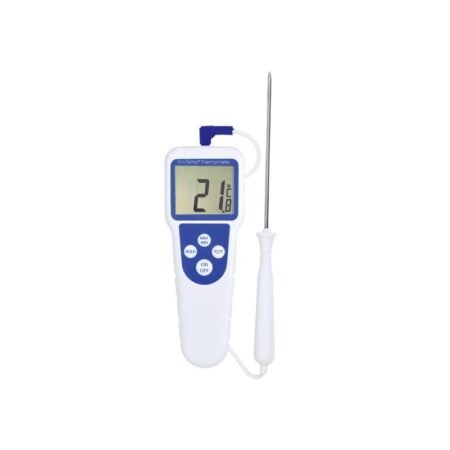Description
Introduction
Our range of general purpose refractometers are optical instruments designed for measuring the content of dissolved solids in aqueous solutions. These instruments work on the principle of light refraction through liquids. By passing light through a liquid, the refracted angle is shown on the scale, allowing you to determine the amount of dissolved solids in the liquid.
Refractometers have a wide range of applications across various industries. In the food and beverage industry, they are commonly used to measure the sugar content in fruit juices, honey, and other sweeteners. This information is crucial for quality control purposes, ensuring that the products meet the desired standards and taste profiles. Refractometers are also used in the pharmaceutical industry to measure the concentration of active ingredients in medications and to ensure the accuracy of formulations.
Another important application of refractometers is in the automotive industry. They are used to measure the coolant concentration in engine coolant fluids. This is essential for maintaining the proper functioning of the engine and preventing overheating. By accurately measuring the concentration of coolant, technicians can ensure that the engine is protected from freezing in cold temperatures and from boiling in hot conditions.
Refractometers are also widely used in the agricultural sector. Farmers and agronomists rely on these instruments to measure the sugar content in fruits, vegetables, and crops. This information helps determine the optimal time for harvesting, as well as the quality and sweetness of the produce. Additionally, refractometers are used in soil analysis to measure the salinity levels, which can affect plant growth and crop yield.
Furthermore, refractometers find applications in the chemical industry for measuring the concentration of various solutions. They are used in laboratories and research facilities to determine the purity of chemicals and to monitor the progress of chemical reactions. This information is vital for ensuring the accuracy of experiments and the quality of the final products.
Overall, our general purpose refractometers are versatile instruments that find applications in a wide range of industries. Whether it’s for quality control, research, or process monitoring, these instruments provide accurate and reliable measurements of dissolved solids in aqueous solutions. With their user-friendly design and precise readings, our refractometers are essential tools for professionals in numerous fields.
Principle of Operation
The general purpose refractometers operate based on the principle of light refraction. When light passes through a liquid, it changes direction, or refracts, due to the change in optical density. The amount of refraction is directly related to the concentration of dissolved solids in the liquid.
Our refractometers are equipped with a built-in scale that displays the refracted angle. This scale is calibrated to provide accurate measurements of dissolved solids. By simply aligning the liquid sample with the scale and reading the refracted angle, you can determine the concentration of dissolved solids in the solution.
The refractometer consists of several key components that work together to accurately measure the refracted angle. The first component is the light source, which emits a beam of light that passes through the liquid sample. This light beam then enters the prism, a transparent material with a high refractive index.
As the light beam enters the prism, it undergoes total internal reflection, meaning that it is completely reflected back into the prism rather than passing through it. This reflection occurs at the boundary between the prism and the liquid sample, and the angle at which it occurs is known as the critical angle.
The critical angle is determined by the refractive index of the liquid sample, which is a measure of how much the light is bent as it passes through the sample. The refractive index is directly related to the concentration of dissolved solids in the liquid, so by measuring the critical angle, we can determine the concentration of dissolved solids.
The refracted angle is then measured using a detector, which is typically a graduated scale or a digital display. This scale is calibrated to provide accurate readings of the refracted angle, which can be directly correlated to the concentration of dissolved solids in the liquid sample.
Overall, the principle of operation of our refractometers is based on the measurement of the refracted angle, which is directly related to the concentration of dissolved solids in the liquid sample. By providing accurate and reliable measurements, our refractometers are essential tools for a wide range of applications, including food and beverage production, chemical analysis, and quality control.
Automatic Temperature Compensation (ATC) is a crucial feature in refractometers, as it eliminates the need for manual temperature adjustments and ensures accurate measurements. When the temperature of a liquid changes, it can cause variations in the refractive index, which directly affects the accuracy of the readings obtained from a refractometer.
Without ATC, users would have to manually calculate and adjust their measurements based on the temperature of the solution. This process can be time-consuming and prone to errors, especially when dealing with temperature-sensitive samples or when working in environments with fluctuating temperatures.
However, with the incorporation of ATC in our general purpose refractometer range, users can have peace of mind knowing that their measurements will remain accurate and reliable, regardless of temperature variations. The ATC feature automatically compensates for changes in temperature, ensuring that the refractive index readings are corrected to the standard temperature specified for the instrument.
ATC works by using a built-in temperature sensor in the refractometer, which measures the temperature of the solution being tested. The instrument then applies a correction factor to the refractive index reading based on the temperature measurement. This correction factor is determined by the specific characteristics of the liquid being tested and the temperature coefficient of the refractometer.
By incorporating ATC, our refractometers provide users with a convenient and efficient solution for obtaining accurate measurements in various applications. Whether it’s in the food and beverage industry, pharmaceuticals, automotive, or any other field where precise measurements are essential, our ATC-enabled refractometers offer reliable and consistent results.
In addition to the practical benefits of ATC, our refractometers also feature user-friendly interfaces and ergonomic designs, making them suitable for both laboratory and field use. The instruments are equipped with clear LCD screens, intuitive controls, and sturdy construction, ensuring durability and ease of operation.
Furthermore, our general purpose refractometer range includes models with a wide measurement range, allowing users to analyze a diverse range of samples with different refractive indices. Whether it’s determining the sugar content in fruits, the salinity of seawater, or the concentration of chemicals in industrial processes, our refractometers can handle a variety of applications.
In conclusion, the incorporation of ATC in our general purpose refractometer range ensures accurate and reliable measurements, regardless of temperature variations. With user-friendly interfaces, durable construction, and a wide measurement range, our refractometers provide a practical and efficient solution for a variety of industries and applications.
Applications
Our general purpose refractometers are suitable for a wide range of applications where the measurement of dissolved solids is required. Some common applications include:
- Food and beverage industry: Measuring sugar content in beverages, fruit juices, and honey. This is crucial for maintaining consistency in taste and quality control during the production process. By accurately measuring the sugar content, manufacturers can ensure that their products meet the desired sweetness levels.
- Chemical industry: Monitoring concentration levels in solutions used for manufacturing processes. Refractometers are used to measure the concentration of various chemicals and compounds in solutions, ensuring that the desired concentrations are achieved for optimal performance and safety.
- Agriculture: Determining the salinity of soil and water for irrigation purposes. By measuring the salinity levels, farmers can adjust their irrigation practices accordingly to prevent damage to crops caused by excessive salt content in the soil or water.
- Aquariums: Measuring the salinity of water in marine aquariums. Maintaining the correct salinity level is crucial for the health and well-being of marine organisms. Refractometers allow aquarium owners to accurately measure and adjust the salinity levels to create a suitable environment for their aquatic pets.
- Automotive industry: Checking the concentration of coolants and antifreeze solutions. Refractometers are used to measure the concentration of glycol in coolants and antifreeze solutions, ensuring that they provide sufficient protection against freezing and overheating in vehicles.
These are just a few examples of the many applications where our general purpose refractometers can be used. Their versatility and accuracy make them an essential tool for anyone needing to measure the content of dissolved solids in aqueous solutions.
Choose from our range of general purpose refractometers today and experience the precision and reliability they offer in measuring dissolved solids.







Reviews
There are no reviews yet.